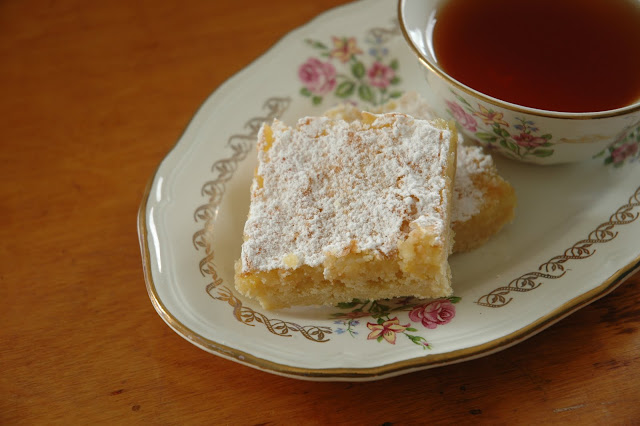But just a couple of days before this happened I made this delicious
vegetable tart:
For the tart case (makes enough for 3 tart cases):
500 gram spelt flour
½ tsp salt
250 gram margarine
1 egg yolk
250 ml cold water
For the filling:
1 small courgette (zucchini) or ½ large one
1 small aubergine (eggplant) or ½ large one
200 gram pumpkin
2 red onions
150 gram or a large handful cherry tomatoes
2 tbsp olive oil
2 tbsp chopped herbs to taste (I used rosemary, thyme and oregano)
150 gram soft goat cheese
150 ml soy milk
2 eggs, beaten
¼ tsp bouillon powder
Salt and pepper to taste
Put the margarine, flour and salt into a food processor and pulse until
you get a fine crumb.
Place the mixture into a large bowl and make a well in the middle. Add
the egg yolk and half of the water. Quickly combine the wet and dry ingredients
using a fork, if necessary add more water.
If you aren’t able to use the fork anymore, start using your hand to
bring the dough together into a ball. Flatten the dough into a disk, wrap in
Clingfilm and leave to rest in the fridge for at least 30 minutes up to 8
hours.
Preheat the oven to 225°C.
When the dough is chilled, roll it out (2 mm) onto a floured surface to
fit your preferred tart pan.
Place the dough into the prepared pan, trim the edges and refrigerate
for 30 minutes.
Meanwhile you can start preparing the roasted vegetables.
Chop all the vegetables, except for the tomatoes, into 2 cm dice and
place onto a roasting tin. Add the tomatoes and sprinkle with olive oil, salt
and pepper to taste and the herbs. Place into the oven and roast for about 25
minutes until cooked. Remove from the oven and leave to cool.
Lower the oven temperature to 175°C.
Blind bake the tart case for 30 minutes. Remove the baking beans and
parchment paper, give the pastry a quick egg wash and bake for another 5
minutes.
Start making the custard by mixing the soymilk, eggs, salt and pepper to
taste and bouillon powder.
Arrange the vegetables at the bottom of the tart case, pour over the
custard and crumble over the goat cheese.
Bake 30-35 minutes at 175°C
or until the filling has set.
Eat while still warm.







